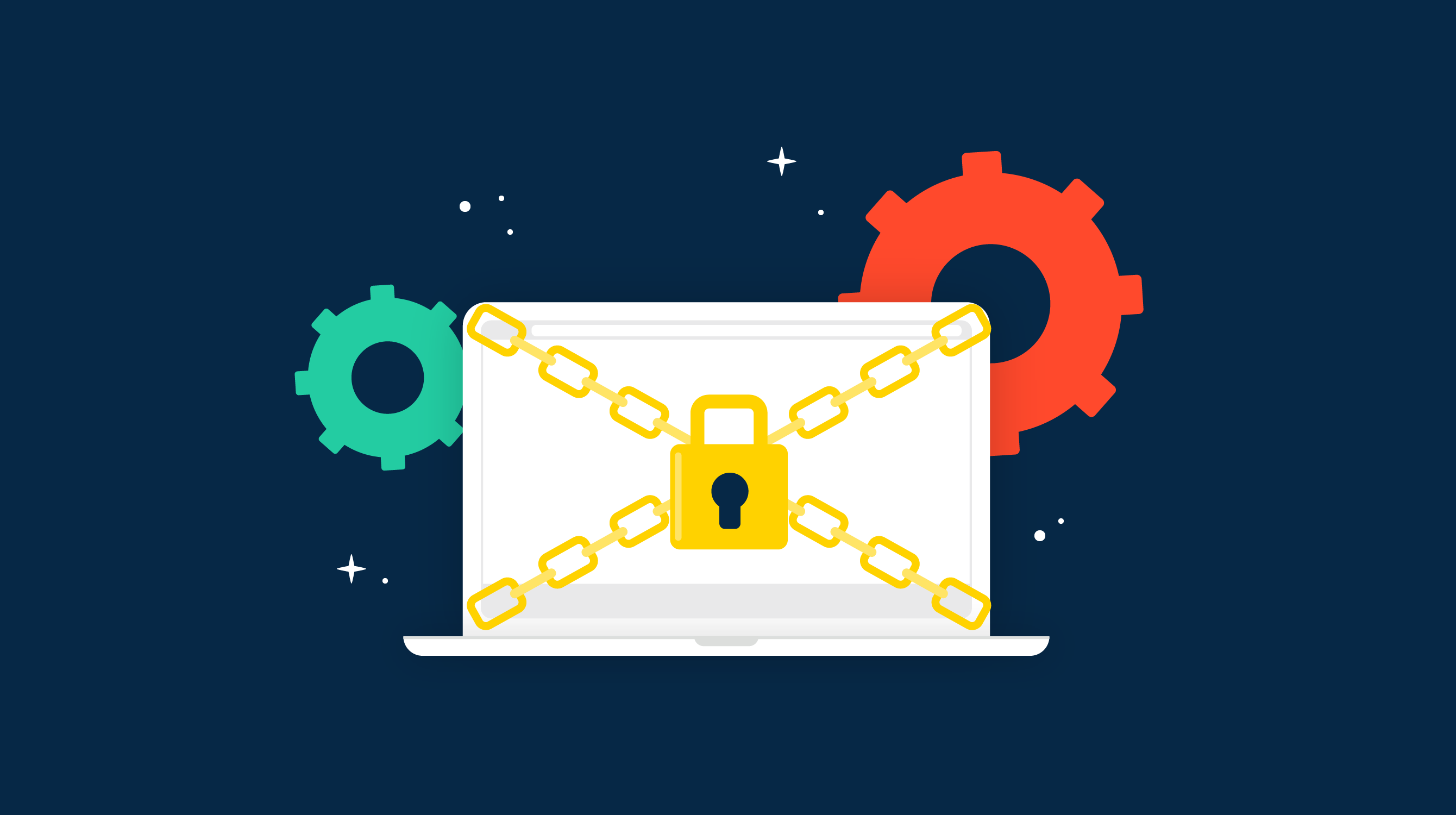The use of Virtual Private Networks (VPNs) has become increasingly popular in recent years. VPNs offer users a way to browse the internet anonymously, securely, and privately. However, this rise in VPN usage has also raised concerns about the potential for illegal activities and deception. In this article, we will delve into the topic of detecting VPN usage and explore the techniques used to unmask online anonymity.
The Rise of VPNs
VPNs were initially developed to provide secure remote access to corporate networks. However, the widespread use of VPNs for personal purposes has exploded in recent years. People use VPNs to protect their online privacy, bypass content restrictions, and hide their browsing activities from internet service providers (ISPs) and government surveillance. While the majority of VPN users have legitimate reasons for using them, there are also individuals who exploit VPNs for illegal activities such as hacking, fraud, and distributing illegal content.
The surge in VPN usage has sparked debates about whether VPNs are tools for anonymity or deception. While VPNs can indeed provide anonymity by hiding a user’s IP address and encrypting their internet traffic, they can also be used for deceitful purposes. Cybercriminals can utilize VPNs to mask their identities and carry out malicious activities, making it difficult for law enforcement agencies to track them down.
Techniques to Detect VPN Usage
Detecting VPN usage is a challenging task due to the advanced encryption and IP address masking techniques employed by VPN services. However, several techniques can be used to identify whether an individual is using a VPN. One common method is to analyze network traffic patterns. VPNs often exhibit unique traffic patterns due to the encryption and rerouting of data. By analyzing these patterns, network administrators and security experts can identify if a user is utilizing a VPN.
Another technique involves examining the behavior of IP addresses. Since VPNs assign users new IP addresses, it is possible to detect if an IP address belongs to a VPN service. Researchers can maintain a database of IP addresses associated with VPNs and compare them against the IP addresses that access a network or website.
Finally, deep packet inspection (DPI) can be employed to identify VPN usage. DPI involves analyzing the content of network packets, allowing network administrators to uncover encrypted connections and detect VPN traffic. By examining the packet headers and payload, DPI can provide crucial information about VPN usage.
While VPNs offer a range of benefits for individuals seeking privacy and security online, their potential for misuse and deception cannot be ignored. The rise of VPN usage has prompted the development of techniques to detect VPN usage and unmask online anonymity. By analyzing network traffic patterns, examining IP addresses, and employing deep packet inspection, security experts and network administrators can identify whether an individual is using a VPN. These techniques play a vital role in ensuring a safer and more transparent online environment, striking a balance between privacy and security.

